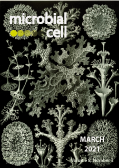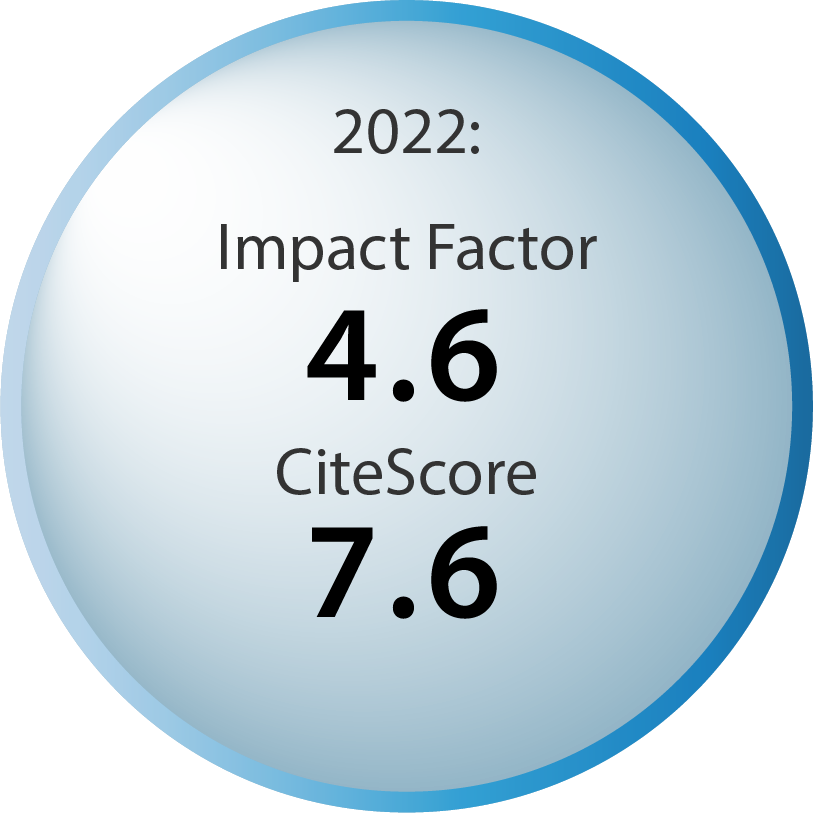Table of contents
Volume 8, Issue 3, pp. 65 - 72, March 2021
Cover: The 83rd plate from Ernst Haeckel's ''Kunstformen der Natur'' (1904), depicting organisms classified as Lichenes and including Cladonia retipora, Cladonia perfoliata, Cladonia verticillata, Cladonia squamosa, Cladonia fimbriata, Cladonia cornucopiae, Sticta pulmonaria, Parmelia stellarias, Parmelia olivacea, Parmelia caperata and Hagenia crinalis (image retrieved from Wikipedia); image modified by MIC. The cover is published under the Creative Commons Attribution (CC BY) license. Enlarge issue cover
By continuing to use the site, you agree to the use of cookies. more information
The cookie settings on this website are set to "allow cookies" to give you the best browsing experience possible. If you continue to use this website without changing your cookie settings or you click "Accept" below then you are consenting to this. Please refer to our "privacy statement" and our "terms of use" for further information.










